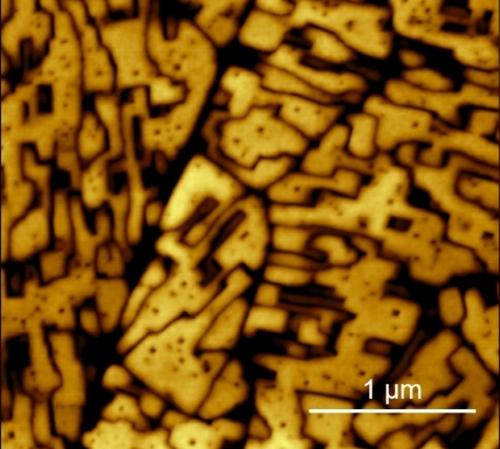当前位置:
X-MOL 学术
›
Chemistryopen
›
论文详情
Our official English website, www.x-mol.net, welcomes your
feedback! (Note: you will need to create a separate account there.)
Driving Organic Nanocrystals Dissolution Through Electrochemistry
ChemistryOpen ( IF 2.5 ) Pub Date : 2021-08-05 , DOI: 10.1002/open.202100076 Gianlorenzo Bussetti 1 , Claudia Filoni 1 , Andrea Li Bassi 2 , Alberto Bossi 3, 4 , Marcello Campione 5 , Alessio Orbelli Biroli 6 , Chiara Castiglioni 7 , Silvia Trabattoni 8 , Stefania De Rosa 9, 10 , Luca Tortora 9, 11 , Franco Ciccacci 1 , Lamberto Duò 1
ChemistryOpen ( IF 2.5 ) Pub Date : 2021-08-05 , DOI: 10.1002/open.202100076 Gianlorenzo Bussetti 1 , Claudia Filoni 1 , Andrea Li Bassi 2 , Alberto Bossi 3, 4 , Marcello Campione 5 , Alessio Orbelli Biroli 6 , Chiara Castiglioni 7 , Silvia Trabattoni 8 , Stefania De Rosa 9, 10 , Luca Tortora 9, 11 , Franco Ciccacci 1 , Lamberto Duò 1
Affiliation

|
We have recently discussed how organic nanocrystal dissolution appears in different morphologies and the role of the solution pH in the crystal detriment process. We also highlighted the role of the local molecular chemistry in porphyrin nanocrystals having comparable structures: in water-based acid solutions, protonation of free-base porphyrin molecules is the driving force for crystal dissolution, whereas metal (ZnII) porphyrin nanocrystals remain unperturbed. However, all porphyrin types, having an electron rich π-structure, can be electrochemically oxidized. In this scenario, a key question is: does electrochemistry represent a viable strategy to drive the dissolution of both free-base and metal porphyrin nanocrystals?
中文翻译:

通过电化学驱动有机纳米晶体溶解
我们最近讨论了有机纳米晶体溶解如何以不同的形态出现以及溶液 pH 值在晶体损害过程中的作用。我们还强调了局部分子化学在具有相似结构的卟啉纳米晶体中的作用:在水基酸溶液中,游离碱卟啉分子的质子化是晶体溶解的驱动力,而金属(Zn II )卟啉纳米晶体则保持不变。然而,所有具有富电子π结构的卟啉类型都可以被电化学氧化。在这种情况下,一个关键问题是:电化学是否代表了推动游离碱和金属卟啉纳米晶体溶解的可行策略?
更新日期:2021-08-05
中文翻译:

通过电化学驱动有机纳米晶体溶解
我们最近讨论了有机纳米晶体溶解如何以不同的形态出现以及溶液 pH 值在晶体损害过程中的作用。我们还强调了局部分子化学在具有相似结构的卟啉纳米晶体中的作用:在水基酸溶液中,游离碱卟啉分子的质子化是晶体溶解的驱动力,而金属(Zn II )卟啉纳米晶体则保持不变。然而,所有具有富电子π结构的卟啉类型都可以被电化学氧化。在这种情况下,一个关键问题是:电化学是否代表了推动游离碱和金属卟啉纳米晶体溶解的可行策略?











































 京公网安备 11010802027423号
京公网安备 11010802027423号